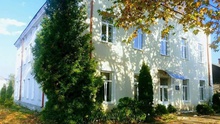Проект "My notive town"
Вчитель англійської мови Сколівської ЗОШ І-ІІІ ступенів, Задільська Олександра Володимирівна презентувала проект- дослідження "My notive town". Олександра Володимирівна про історію рідного міста, походження назви, життя відомих сколівчан, їхній вклад у розвиток громади. Присутні насолоджувались переглядом презентації, де були сучасні та старовинні фотографії міста, архітектурні пам'ятки та незвичні краєвиди місцевості.
Skole
"This area must always be called" Skole "- it is stated in a document that Polish King Wladyslaw Jagailo issued on March 5, 1397. This document is the first historical mention of Skole.
Skole is a unique and extremely picturesque area of tourism and recreation in the Carpathian Mountains. So today, I want to introduce to you our mountainous region, so the whole world can see a small piece of beauty and grandeur of Ukrainian land.

The History of Skole
Skole is a small town, located in the western part of Lviv Oblast. The first mention of Skole dates back to the 15th century. Skole has a unique history that is associated with the formation of the Ukrainian state, and the times of Kievan Rus and Galicia-Volyn. Skole was first mentioned in historical documents in 1397. That year, the Polish King Jagailo granted the right to settle in the lands. These lands are located in the Carpathian valleys. But archaeological studies suggest that these first settlements were much earlier - around the beginning of the eleventh century AD. The date of the first settlements can be found in the legend about Prince Svyatoslav. According to one version, the city received its name after the famous battle between soldiers of Prince Svyatopolk and Prince Svyatoslav which was held in the valley. Sviatopolk then exclaimed, "Scolit them."
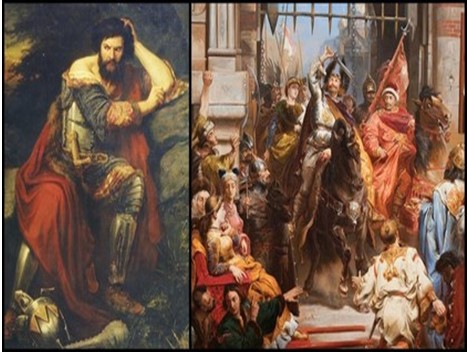
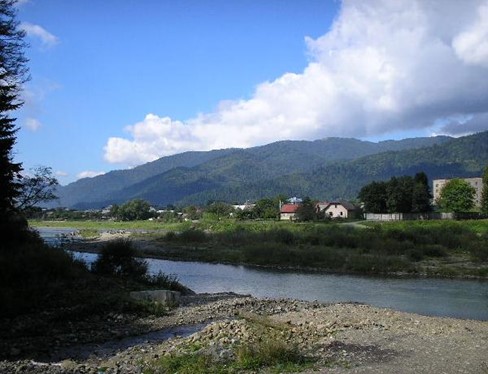
According to another version Skole was named after a bloody battle with the Tatars. The third version states that the name of the city comes from the word "rock". In the city one could find stone axes, pottery, bone wares and other artifacts belonging to the Kievan Rus.
At the entrance to the city from the north, there were two guard Towers, the Tower and Tower Zabashta on the mountains. It was a convenient place to defend against enemies. Once there was a settlement there and near the river there was a cemetery. The first tower is called “Bashta”, and the other one, which is behind the tower is called “Zabashta”.
In 1397 the settlement received Magdeburg Law.
From the second half of the 14th century until 1772 the territory of Skole region was part of Poland “Rich Pospolyta”
The people of Skole experienced many attacks from Tartars and Hungarians (1568, 1594, 1610).
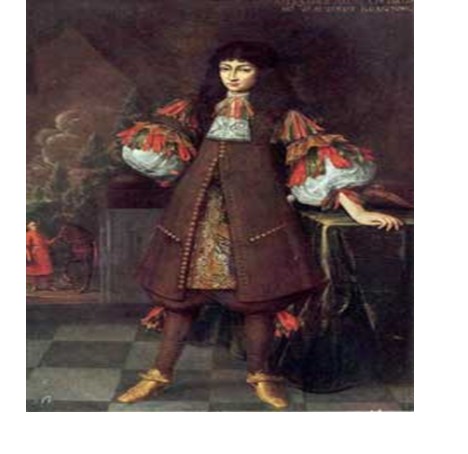 In 1660 there was a settlement near the town named after the owner - a Polish nobleman Count Alexander Janusz Zaslavsky - Alexandria, but the name did not trend, and the locals began to call the settlement, like the village, - Skole. In the center of it there was a wooden castle and in the middle of the trading square there was a town hall, which was used mainly as a shopping center and for warehouses. The city hall was severely damaged during the Second World War and was disassembled in the early 50's of the 20th century.
In 1660 there was a settlement near the town named after the owner - a Polish nobleman Count Alexander Janusz Zaslavsky - Alexandria, but the name did not trend, and the locals began to call the settlement, like the village, - Skole. In the center of it there was a wooden castle and in the middle of the trading square there was a town hall, which was used mainly as a shopping center and for warehouses. The city hall was severely damaged during the Second World War and was disassembled in the early 50's of the 20th century.
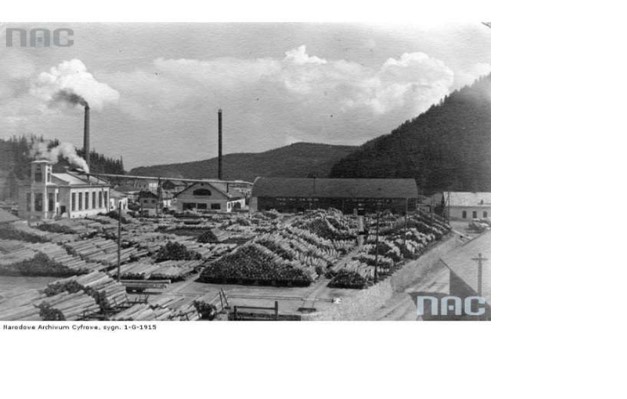 In the 18th century, under The Austro-Hungarian Empire, Boykivshchyna was colonized by German craftsman who contributed a lot to the development of industry in the region.
In the 18th century, under The Austro-Hungarian Empire, Boykivshchyna was colonized by German craftsman who contributed a lot to the development of industry in the region.
They formed several colonies where they settled: Annaberg, Karlsdorf and Felitsental. Many of them were in Skole. The German influence is still seen in buildings, everyday life and farming.
In the 18th century in Demnia (near Skole) Earl Eugene Kinsky laid a blast furnace “ Domna” (after which this part of the town is called Demnia) where the local craftsmen made agricultural tools and glassworks. This was where green and clear glass was produced. In the nineteenth century the Earl built the first steam sawmill here. In 1864 he founded the largest match factory in Galicia.
In 1886, Austrian Baron Albert Hrodl and his brother founded in Skole the firm "Brothers Gredel Barons." In the same year he and a businessman Schmidt bought from local Count Eugenius Kinsky local forests.
Construction of the railroad stimulated the industrial development of the city, and shortly afterwards the firm developed into a big industrial complex, which included timber industries, sawmill , repair and mechanical workshops and a small hydroelectric power station.
The Gredel brothers built several narrow-gauge railroads in the Skole Beskydy.
The largest slope had a section from Demnia through Svydnik to Tysovets (18.7 km), to Kozyova and to Mount Parascha which is the highest peak of Skole district. From 1918 to 1945 the firm "Brothers Barons Gredel” provided a very good income to locals.
They also developed the tourism industry.
